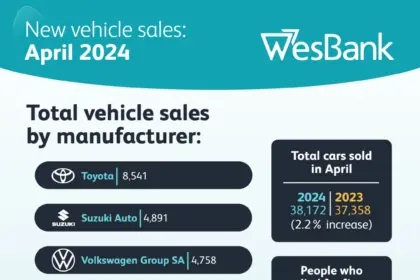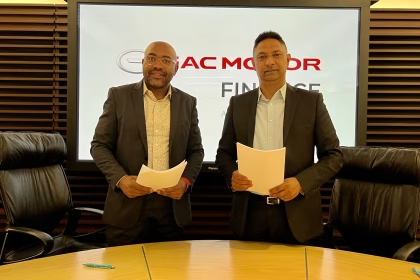South Africa’s economic landscape is challenging even the most resilient consumers. Recent years of high inflation and soaring interest rates, stagnant economic growth, rising fuel prices, and a weaker rand are putting tremendous pressure on household finances. To add to the squeeze, the cost of debt is climbing, and consumers’ creditworthiness is consistently deteriorating.
According to the South African Reserve Bank, the country’s household debt-to-income ratio reached 62.0% in the fourth quarter of 2024, meaning households owed 62 cents for every rand of disposable income. Moreover, Prism scores – a predictive credit scoring model used by South African lenders to gauge the likelihood of a consumer defaulting – have been in consistent decline over several years. These scores reflect an individual’s credit behaviour, including payment history and debt levels. Coupled with record-high credit application decline rates, this points to a growing segment of the population being locked out of traditional finance options.
Against this backdrop, it is time to ask whether traditional vehicle finance solutions — the instalment sale agreements that have dominated for decades — are still fit for purpose. Or whether South Africa, like other global markets facing similar headwinds, should be accelerating the adoption of alternative models that are better aligned to the realities of today’s consumer.
The cracks in the traditional model
For many years, traditional vehicle finance models served a growing middle class well. But in the current environment, affordability is under significant strain. Consumers face mounting barriers to entry: tougher approval conditions, larger deposit requirements, and high monthly instalments, often as a result of vehicle prices growing in excess of inflation, that are increasingly out of reach. The consistent decline in credit quality highlights the growing disconnect between vehicle prices and disposable incomes.
The result is a squeeze on mobility — essential not just for personal freedom but also for economic participation. Without access to affordable vehicle solutions, many South Africans find themselves locked out of opportunities for work, education, and entrepreneurship.
Global trends show a way forward
Around the world, financial institutions are reimagining vehicle ownership. Subscription-based models, flexible leasing, usage-based finance, and shared mobility financing are gaining traction, particularly in mature economies facing their own versions of economic strain.
Countries like the United States, parts of Europe, and increasingly regions in Asia are seeing growing acceptance of flexible vehicle finance options that de-emphasise ownership and focus instead on access, convenience, and flexibility. In the UK, for instance, a recent PwC study revealed that 49% of consumers would prefer a subscription-based model over conventional purchasing or financing when acquiring a vehicle. Deloitte’s 2025 Global Automotive Consumer Study further supports this trend: while daily car usage remains high—especially in India, Southeast Asia, and the USA, where about half of consumers drive daily—there is a marked shift in sentiment among younger generations. A significant portion of respondents aged 18 to 34 across these and other markets expressed interest in moving away from conventional ownership in favour of mobility-as-a-service alternatives, underscoring a generational pivot towards more flexible, usage-based solutions.
The regulatory conundrum
In South Africa, regulatory frameworks have not yet caught up to these shifts. National Credit Act (NCA) requirements, though important for consumer protection, are designed around traditional credit models. Subscription or usage-based models — which are closer to service agreements than credit agreements — fall into a grey area that often makes them harder to scale.
Moreover, as regulators move to tighten affordability assessments in response to rising consumer indebtedness, traditional vehicle finance could become even less accessible. Without complementary regulatory innovation, the market risks entrenching inequality in mobility access — a direct contributor to broader economic exclusion.
The opportunity for innovation
There is an opportunity, and indeed a responsibility, for the finance sector — supported by policymakers — to drive alternative solutions that address current realities. Moving beyond traditional financing models will require solutions that offer greater flexibility, such as shorter commitment periods and the ability to change or return vehicles with ease. It also demands a sharper focus on affordability, by shifting from ownership-based structures to models that prioritise usage and access. Finally, improving accessibility means rethinking how creditworthiness is assessed — moving toward models that reflect consumers’ real financial behaviours and resilience, rather than relying solely on historic credit scores.
The shift to alternative vehicle finance is not just an economic imperative — it is a social one. Mobility unlocks opportunity, drives participation in the economy, and contributes to the social fabric of South Africa. If we want to keep South Africans moving forward, we must evolve how we think about vehicle finance. The economy may be tight, but innovation, collaboration, and regulatory foresight can help us open new roads.
By Declan Jones, Head of Vehicle Ecosystem Development, WesBank













